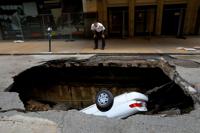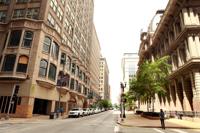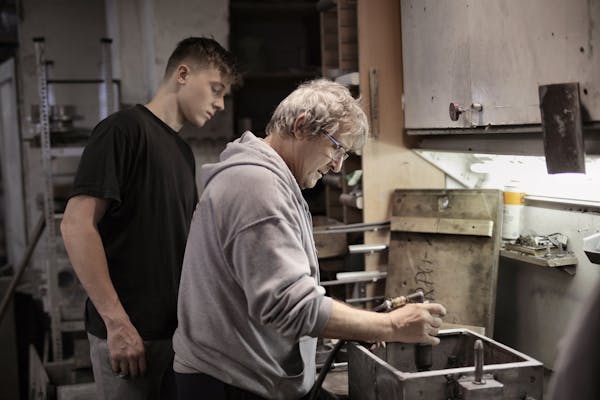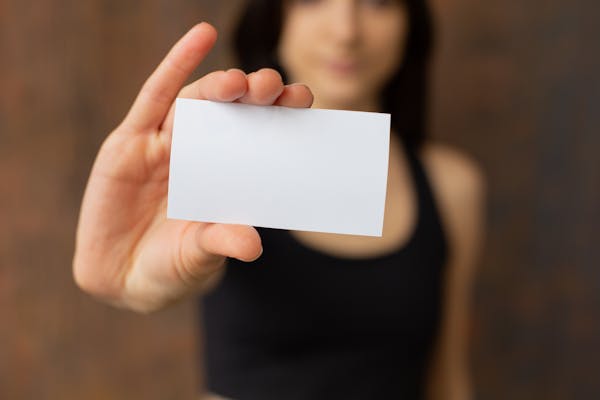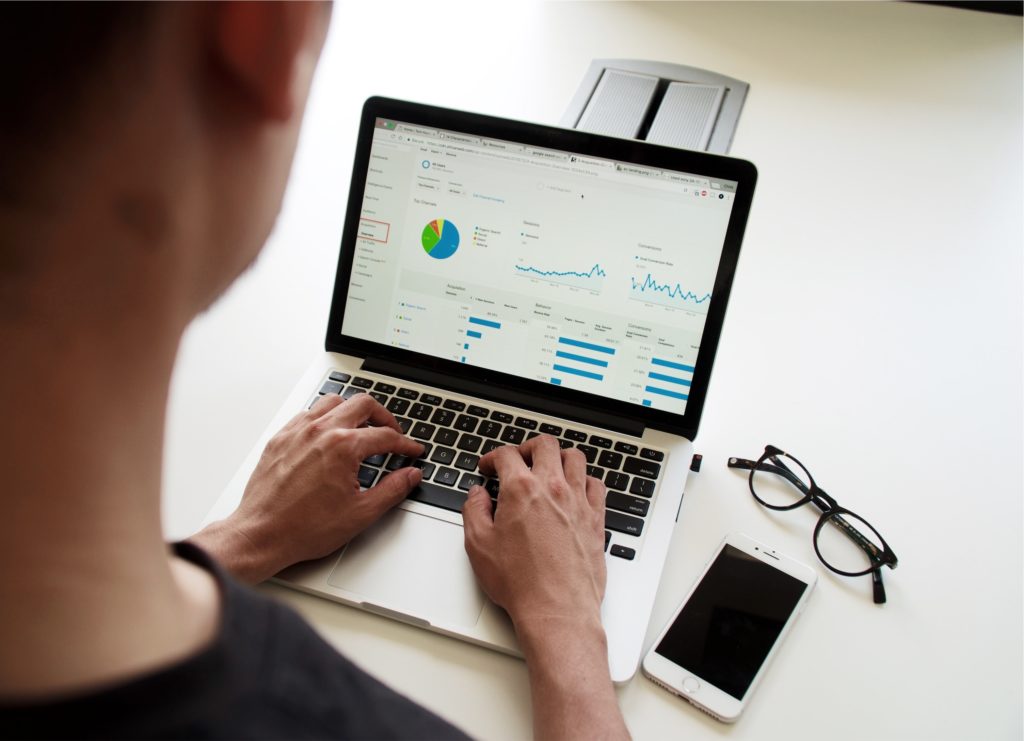Railway Exchange in downtown St. Louis could get fresh start under city proposal | Local Business
[ad_1]
ST. LOUIS — City development officials are eyeing the use of eminent domain in order to jump-start redevelopment of the massive Railway Exchange building downtown, the former home of Famous-Barr’s flagship store.
The St. Louis Land Clearance for Redevelopment Authority is considering a measure authorizing the use of eminent domain on both the unoccupied Railway Exchange building at 615 Olive Street and the parking garage connected to the building via a skybridge across Olive Street.
Plans by a group of Florida developers to convert the 1913 structure into hundreds of apartments have stalled for more than four years, mired for the last several in litigation between creditors who have tried to foreclose on the building that takes up an entire city block downtown.
Once the headquarters of Famous-Barr parent May Department Stores before Macy’s acquired the company in 2005, the Railway Exchange building has been a downtown albatross since the 2013 closure of the Macy’s store there left it essentially vacant.
People are also reading…
The LCRA’s plan signals the first movement in years to spur action at the site and clear the issues clouding the property. And it comes just weeks after a flicker of hope emerged for downtown’s other white elephant — the vacant AT&T skyscraper — that a developer finally bought from the bank that had foreclosed on it.
Concrete plans for the Railway Exchange, however, could be a long way off. There is no developer identified who could fund the acquisition. But the action could help officials attract one, or clear the way if there is interest behind the scenes.
“The use of eminent domain within the area will help clear any title issues occurring on the properties, thus clearing the path for future development,” a report from St. Louis Development Corp. staff says.
In a statement, SLDC said it is trying to be “proactive about development and redevelopment in downtown” but that it was “early in the process.”
“We cannot disclose any plans or details at this time, however we anticipate this effort will result in the tools for any future developer to move this project forward,” the agency said.
The LCRA plan includes two whole city blocks spanning multiple owners, including a surface parking lot at Olive and Sixth streets and several other buildings. Excluded from eminent domain authority would be a partially occupied building at 622 Olive Street and the building at 207 North Sixth Street, the decadeslong home of Charlie Gitto’s Downtown before its October 2020 closure. It had planned to reopen last year but never did following damage from a burst pipe.
In 2017, an affiliate of Florida-based Hudson Holdings, led by Hudson principals Andrew “Avi” Greenbaum and Steven Michael, bought the Railway Exchange and its parking garage. The team working on the project at one point included downtown developer Amos Harris and and historic tax credit expert Steve Stogel.
Hudson’s plans for the ambitious project stalled after problems that included litigation with electric utility Ameren over a water main break that damaged the building and may have caused a giant sinkhole on Sixth Street.
Gamma Real Estate Capital of New York, which lent Hudson $19.7 million to acquire the building, sued to foreclose on the property, but litigation is ongoing. Other creditors tried to put the company into involuntary bankruptcy, though a judge blocked the effort.
A lawyer for Greenbaum and Michael, Jeff Hunt of Rosenblum Goldenhersh, didn’t respond to a request for comment. A lawyer for Gamma, Llynn White with Polsinelli, also didn’t respond.
Harris last year told the St. Louis Business Journal that Hudson was no longer pursuing the project, but that the building was “stuck” due to the litigation.
The city plan would make a developer of the site eligible for 20 years of 95% property tax abatement. The site is already eligible for millions in state and federal tax credits the developer’s team secured years ago, including $50 million in Missouri Historic Tax Credits, federal historic tax credits likely worth another $50 million and another $50 million in tax-exempt bonds.
The $50 million in state historic tax credits had been set to expire in mid-2020 but are still available until July due to pandemic-related emergency orders.
Also helping with the effort to get the project moving is Greater St. Louis Inc., which has emphasized the need to revitalize downtown and has used an affiliated real estate fund to help some big projects get off the ground.
“Railway Exchange is one of the largest and most significant buildings in the heart of Downtown St. Louis, and its redevelopment is vital to adding both residential and employment density Downtown,” Dustin Allison, senior vice president and chief real estate investment officer for the region’s business group, said in a statement.
The LCRA had been set to vote on the plan at its regular meeting Tuesday but cancelled the meeting late Monday afternoon. A spokeswoman said absences would have prevented a quorum but the meeting should be rescheduled soon.






[ad_2]
Source link



